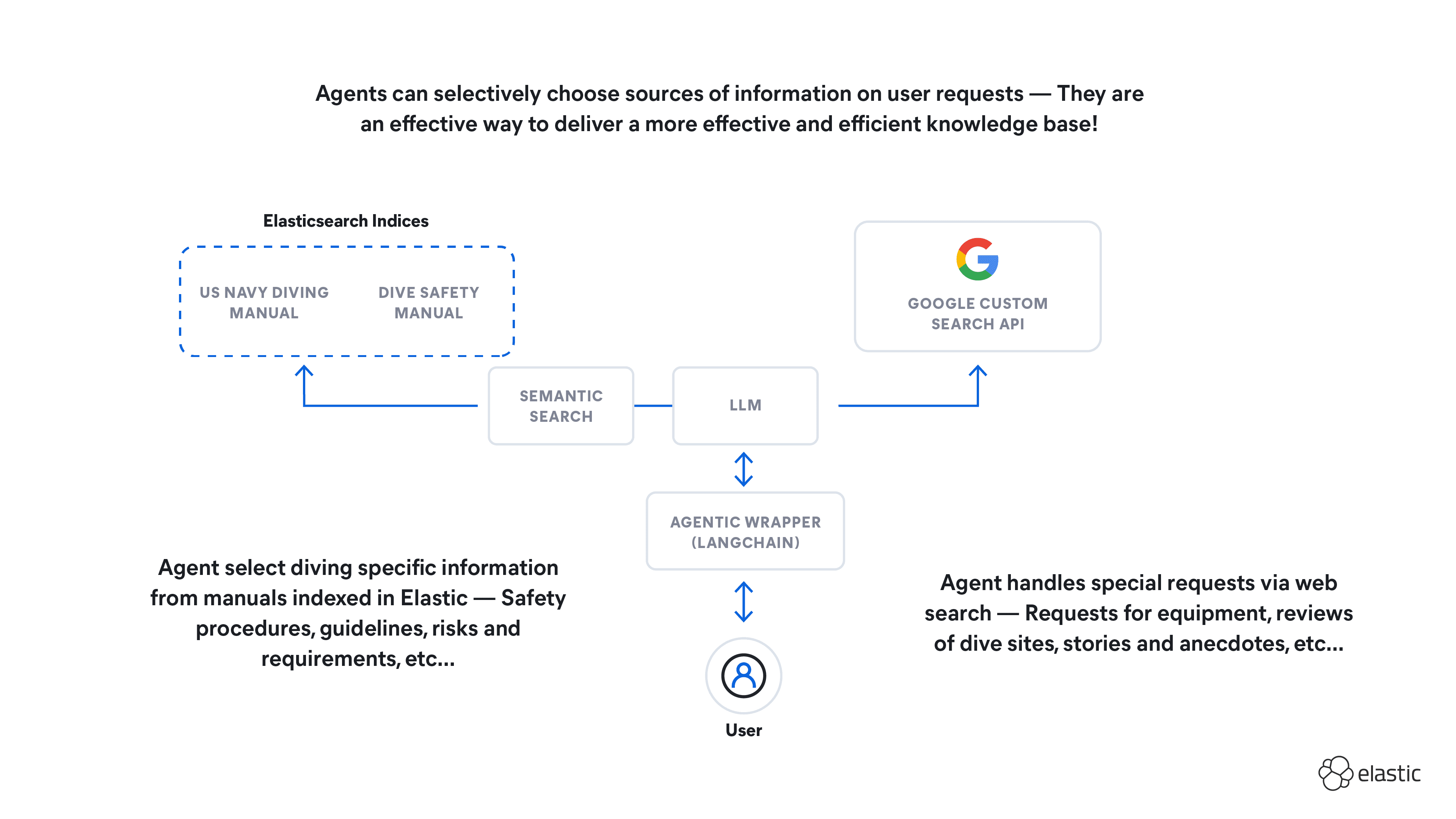From vector search to powerful REST APIs, Elasticsearch offers developers the most extensive search toolkit. Dive into sample notebooks on GitHub to try something new. You can also start your free trial or run Elasticsearch locally today.
Elastic Cloud Vector Search optimized hardware profile is available for Google Elastic Cloud users. This hardware profile is optimized for applications that require the storage of dense or sparse embeddings for search and Generative AI use cases powered by RAG (retrieval augmented generation). This release follows the previous release of a Vector Search optimized hardware profile for AWS Elastic Cloud users in Nov 2023.
GCP Vector Search optimized instances: what you need to know
Elastic Cloud users benefit from having Elastic managed infrastructure across all major cloud providers (GCP, AWS and Azure) along with wide region support for GCP users. For more specific details on the instance configuration for this hardware profile, refer to our documentation for instance type: gcp.es.datahot.n2d.64x8x11
Vector Search, HNSW, and memory
Elasticsearch uses the Hierarchical Navigable Small World graph (HNSW) data structure to implement its Approximate Nearest Neighbor search (ANN). Because of its layered approach, HNSW's hierarchical aspect offers excellent query latency. To be most performant, HNSW requires the vectors to be cached in the node's memory. This caching is done automatically and uses the available RAM not taken up by the Elasticsearch JVM. Because of this, memory optimizations are important steps for scalability.
Consult our vector search tuning guide to determine the right setup for your vector search embeddings and whether you have adequate memory for your deployment.
With this in mind, the Vector Search optimized hardware profile is configured with a smaller than standard Elasticsearch JVM heap setting. This provides more RAM for caching vectors on a node, allowing users to provision fewer nodes for their vector search use cases.
If you’re using compression techniques like scalar quantization, the memory requirement is lowered by a factor of 4. To store quantized embeddings (available in versions Elasticsearch 8.12 and later) simply ensure that you’re storing in the correct element_type: byte. To utilize our automatic quantization of float vectors update your embeddings to use index type: int8_hnsw like in the following mapping example.
In upcoming versions, Elasticsearch will provide this as the default mapping, removing the need for users to adjust their mapping.
Combining this optimized hardware profile with Elasticsearch’s automatic quantization are two examples where Elastic is focused on vector search to be cost-effective while still being extremely performant.
Getting Started with Elastic Cloud vector search optimized profile for GCP
Start a free trial on Elastic Cloud and simply select the new Vector Search optimized profile to get started.

Migrating existing Elastic Cloud deployments
Migrating to this new Vector Search optimized hardware profile is a few clicks away. Simply navigate to your Elastic Cloud management UI, click to manage the specific deployment, and edit the hardware profile. In this example, we are migrating from a ‘Storage optimized’ profile to the new ‘Vector Search’ optimized profile. When choosing to do so, while there is a reduction to available storage and vCPU, what is gained is the ability to store more vectors per memory with vector search.

Migrating to a new hardware profile uses the grow and shrink approach for deployment changes. This approach adds new instances, migrates data from old instances to the new ones, and then shrinks the deployment by removing the old instances. This approach allows for high availability during configuration changes even for single availability zones.
The following image shows a typical architecture for a deployment running in Elastic Cloud, where vector search will be the primary use case.

This example deployment uses our new Vector Search optimized hardware profile, now available in GCP. This setup includes:
- Two data nodes in our hot tier with our vector search profile
- One Kibana node
- One Machine Learning node
- One integration server
- One master tiebreaker
By deploying these two “full-sized” data nodes with the Vector Search optimized hardware profile and while taking advantage of Elastic’s automatic dense vector scalar quantization, you can index roughly 60 million vectors, including one replica (with 768 dimensions).
Conclusion
Vector search is a powerful tool when building modern search applications, be it for semantic document retrieval on its own or integrating with an LLM service provider in a RAG setup. Elasticsearch provides a full-featured vector database natively integrated with a full-featured search platform. Along with improving vector search feature set and usability, Elastic continues to improve scalability. The vector search node type is the latest example, allowing users to scale their search application.
Elastic is committed to providing scalable, price effective infrastructure to support enterprise grade search experiences. Customers can depend on us for reliable and easy to maintain infrastructure and cost levers like vector compression, so you benefit from the lowest possible total cost of ownership for building search experiences powered by AI.




